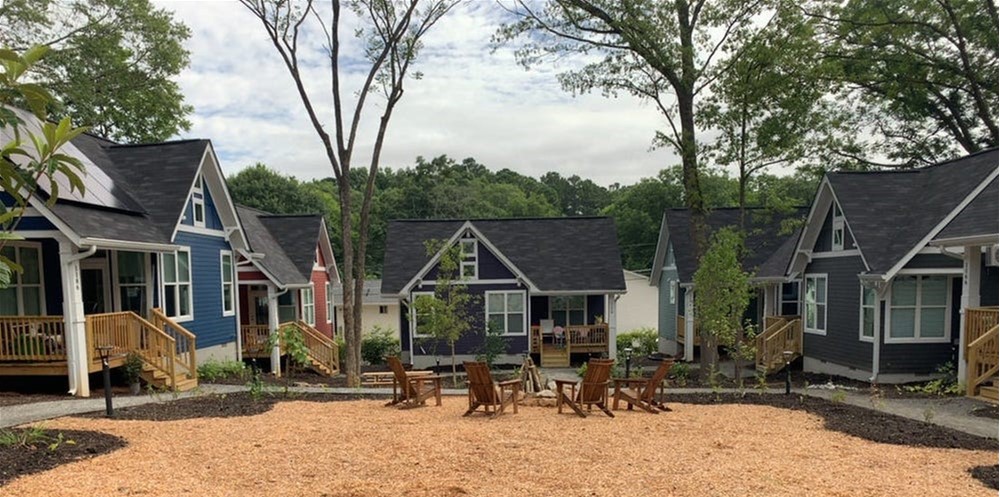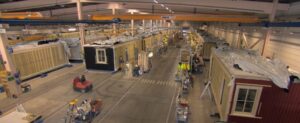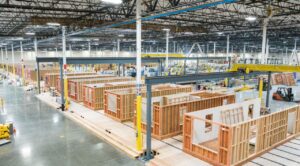As today’s housing prices continue to soar, innovative living solutions like tiny houses, auxiliary dwelling units (ADUs), and park model RVs are emerging as vital alternatives. These compact living spaces not only cater to the modern desire for downsizing but also provide feasible solutions to the crises of affordable housing and homelessness. I want to explore how each of these housing options contributes to resolving these persistent social challenges.
Tiny Houses: Affordable Mobility and Sustainability

Tiny houses, typically ranging from 100 to 400 square feet, offer a lifestyle that emphasizes simplicity and sustainability. These miniature homes, whether stationary or on wheels, are designed with efficiency in mind, incorporating innovative storage solutions and multifunctional furniture to maximize the available space.
The affordability of tiny houses makes homeownership more attainable, lowering the financial barriers that prevent many from owning property. For those built on trailers, the ability to relocate offers special benefits for individuals in transient job markets or those seeking more affordable living areas. Additionally, their small size reduces energy usage, which appeals to environmentally conscious individuals looking to minimize their carbon footprint.
However, tiny houses face significant challenges such as zoning and regulation. The lack of legal frameworks in many regions to support tiny house living includes strict zoning laws that can limit placement options. Furthermore, the compact nature of these homes may not be suitable for everyone, particularly larger families or those requiring more living space.
Auxiliary Dwelling Units (ADUs): Enhancing Property Utility
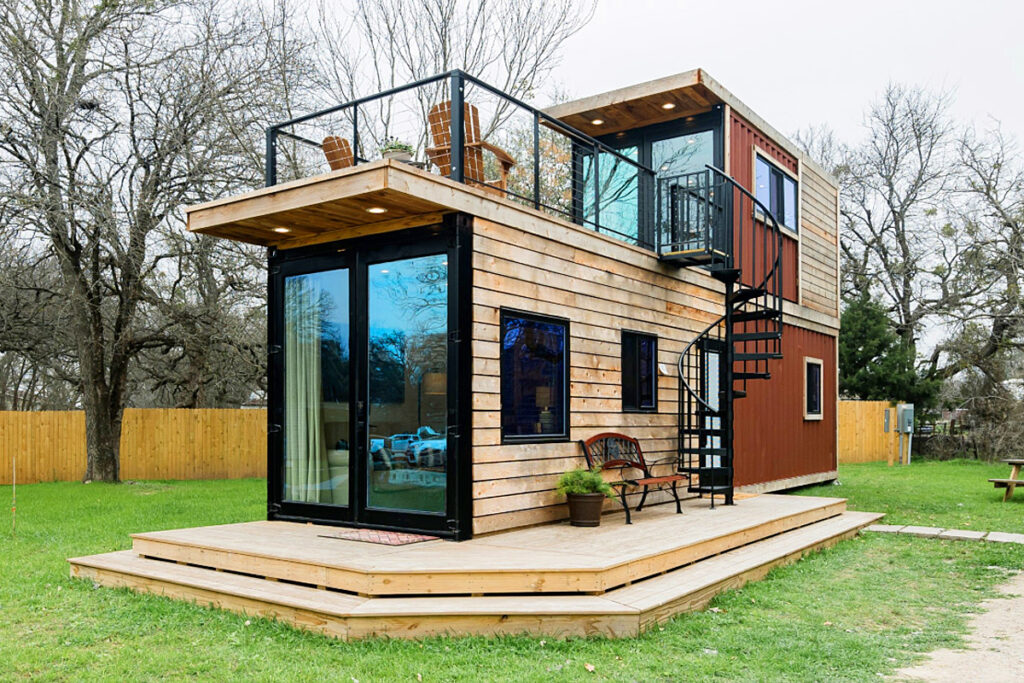
ADUs are secondary units on the same plot as a primary residence, ranging from converted garages to backyard cottages. They serve as an excellent option for adding living space without purchasing new land, ideal for family extensions or as rental units.
By converting existing structures or adding new ones on the same lot, ADUs increase the overall availability of affordable housing. They provide a solution for families to keep aging relatives close, offering them the independence of a separate space while maintaining family connectivity. Additionally, homeowners can generate extra income by renting out ADUs, which can help offset mortgage payments and maintain property affordability.
The initial investment for constructing an ADU can be high, and like tiny houses, they often face strict building codes and zoning restrictions.
Park Model RVs: Flexible and Community-Focused Living
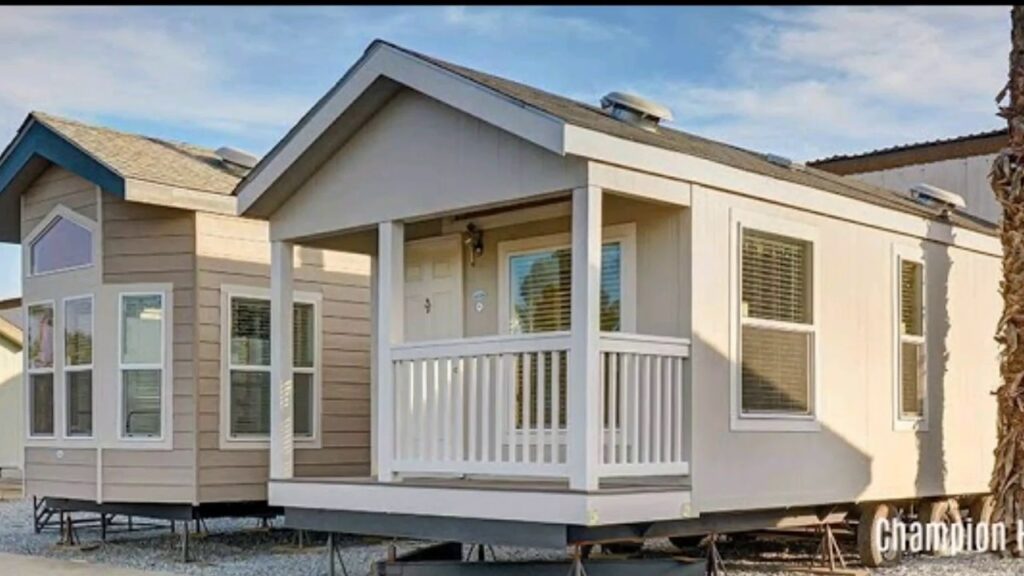
Resembling small cabins or mobile homes, park model RVs are designed for semi-permanent or seasonal accommodation, typically situated in RV parks or resorts. These units, about 400 square feet in size, provide a balance between temporary accommodation and fixed residence.
Park model RVs offer a viable housing option for seasonal workers or those seeking temporary relief from homelessness, providing a stable environment that can be more affordable than traditional housing. Many parks offer communal facilities and social activities, which can be beneficial for social integration and mental health.
However, the placement in specific parks may restrict where individuals can live, potentially isolating them from essential services or employment opportunities. Living in an RV park often involves HOA fees and adherence to park-specific regulations, which can add to the cost and complexity of living.
The movement towards compact living spaces like tiny houses, ADUs, and park model RVs is not just a trend in modern simplicity—it’s a potential solution to the critical issues of affordable housing and homelessness. Each option offers unique advantages that can help bridge the gap in housing needs, from providing low-cost, ecological living solutions to boosting the existing housing stock without the need for new land development.
To fully harness these benefits, it is crucial to address zoning laws and regulatory challenges that currently hinder broader adoption. By doing so, we may be able unlock the true potential of these innovative living spaces in combating housing crises across the globe.
.
CLICK HERE TO READ THE APRIL ISSUE
.
Gary Fleisher is a renowned blogger and commentator on construction and housing trends, known for his insightful industry analysis.










